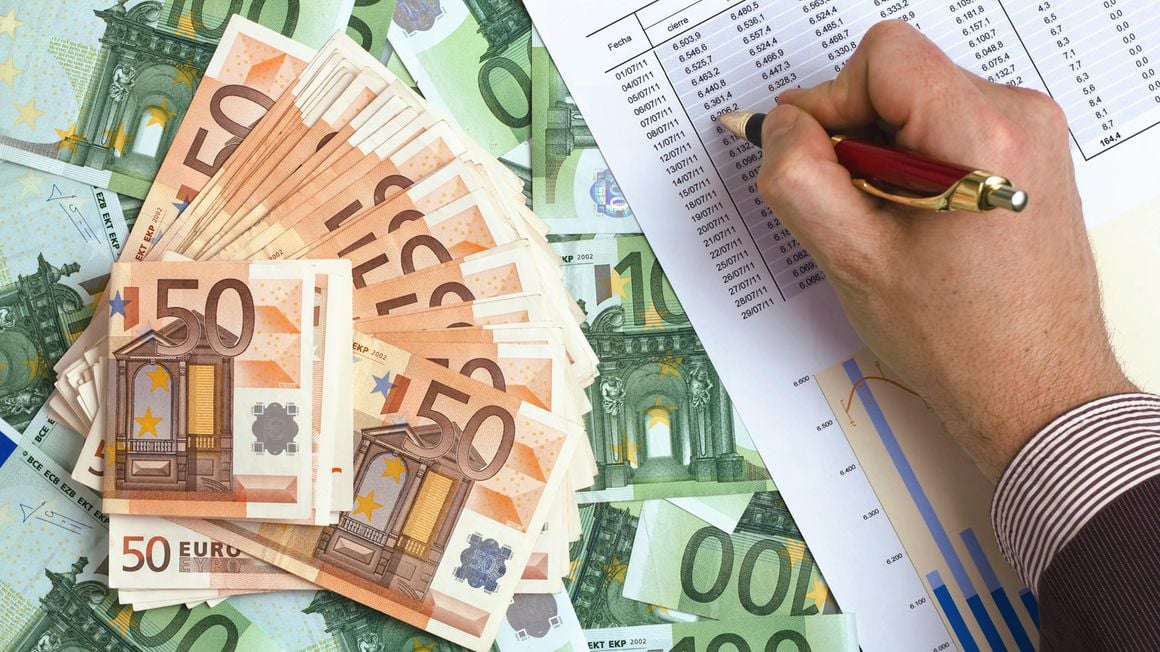
The shilling is on course for its biggest multi-year drop against the majors. PHOTO | SHUTTERSTOCK
Sometime in 2016, a former Bank of England governor, warned Britain that it was
reliant on the "kindness of strangers" to finance its current account deficit with the rest of the world. Needless to say, his comments kicked up a storm but were later proved right.Sad to relate, but at 3.9 percent of gross domestic product (GDP) in 2023, although the smallest share compared to recent highs of 5.2 percent (2021), five percent (2022) and 4.8 percent (2020), Kenya’s long-standing deficit shares the same vulnerabilities.
The shilling is on course for its biggest multi-year drop against the majors. Forex reserves are down 33 percent to Sh1.1 trillion from their 2021 levels. Foreign Direct Investment (FDI) inflows have yet to top the $1.1 billion registered back in 2018. Finally, the situation could be made worse by a weakening global economy. The question is how will the deficit be financed.
In theory, this should be done majorly through official flows using official reserves, external borrowing or official capital flows. Unfortunately, these options are not exactly feasible. First off, it may be imprudent to use official reserves to intervene and support the exchange rate when there’s a biting shortage of US dollars and a maturing Eurobond around the corner.
Further, our high indebtedness coupled with the fact that global risks remain material means relying on portfolio inflows (the biggest portion of our capital flows which are highly volatile) is also out of the question.
Moreover, the 2/10-year yield curve has inverted - a scenario some yield watchers believe points towards a recession in a couple of months to come. Note: A yield curve inversion - in which shorter-dated treasuries trade at higher yields than longer-dated securities - is seen by some as a reliable signal for upcoming recessions.
Be that as it may, our real solution is still tied to us getting foreign capital. In other words, the country needs more buying from foreign investors.
Now, our fundamentals look increasingly grim but there’s a glimmer of hope. On some level, this is nothing new. Kenya has run a persistent current account deficit for over 10 years. Fears that international investors would at some point take fright and stop funding Kenyan borrowing look massively overblown. Despite our yields on all our outstanding Eurobonds climbing by an average of 260 basis points in the past two months, an increasingly “dovish” US Fed may spark a run back into emerging markets.
A good sign is the recently successful Ivory Coast’s Eurobond issue which raised over 2.6 billion US Dollars through two bonds. Another flicker is found in the “positive” purchasing manager index (PMI) reading (48.8 points) in December 2023 which showed a slowing rate of change. More flash can be seen in the ongoing fiscal consolidation and cooling inflation.
All things considered, my pedestrian imagination tells me, if the above are included as part of the base case, then it's only a matter of time before the bearish tone in the credit markets is replaced by a more balanced tone. If that be the case, economists at Haile Selassie Avenue should get ready to see that strangers are going to be very kind indeed.
Mwanyasi is MD, Canaan Capital

No comments:
Post a Comment